
9th district
OPERA
Chaussee d'Antin
Faubourg-Montmartre
Saint Georges
Rochechouart

The Palais Garnier opera house


In the heart of Paris, the Opéra Garnier sits majestically, like a dandy in evening dress. With its imposing façade and proud columns, it defies time and the critics, reminding everyone that good taste and extravagance can coexist harmoniously. Inside, it is a veritable enchanted labyrinth, where mirrors reflect the murmurs of lovers and the whispers of the curious. The gilding sparkles, the chandeliers glitter and the velvet seats invite you to sit down with feigned elegance. Here, the music mingles with the murmurs of the opera's ghosts, who haunt the backstage and dressing rooms, adding a touch of mystery to this temple of operatic art. So grab your ticket, let yourself be carried away by the bewitching notes and plunge into this magical universe where even the ballerinas' slippers seem to dance with mischief. The Opéra Garnier is the place where grandeur meets charm, where music meets theatre, and where dreams come to life under the benevolent gaze of Charles Garnier himself.
Le café de la Paix




Like a vigilant guardian, the Café de la Paix faces the Opéra de Paris with unfailing assurance. This legendary café is a constant witness to the comings and goings of artists, dreamers and strollers who stroll past its imposing columns. It is even said that the statues adorning the Opera House cast an envious glance towards this place of encounters and delights. Diners settle down at its tables, savouring coffees as comforting as a well-sung aria. The waiters, dressed in timeless elegance, skilfully juggle orders and jokes, putting on a show in their own right. At the Café de la Paix, a coffee break is transformed into a real show, where you can admire each other's outfits, guess at the secrets whispered in each other's ears, and let yourself be carried away by the gentle melody of conversation. It's a place where you can contemplate the Opera while enjoying the privilege of savouring a good cup of coffee, combining culture and gourmet delights.
The Palais Garnier opera house




In the majestic setting of the InterContinental Paris - Le Grand, time stands still and elegance flourishes. Like a witness to history, this 5-star hotel opens its doors to us and takes us on a veritable journey through time. Between the walls full of anecdotes and the glittering chandeliers, you'll find yourself dreaming of a time when grandeur and splendour reigned supreme. Here, you can revel in the art of French living, with a sophistication worthy of a Manet painting. The sumptuous rooms offer royal comfort, and you'll love getting lost in the maze of colourful lounges. And what about the restaurant, where refined dishes follow one another like a symphony of flavours, satisfying the most demanding palates. At the InterContinental, luxury is not just a word, it is an unforgettable experience, an enchanted interlude where the present blends harmoniously with the past. So let yourself be seduced by this bubble of glamour and history, and dive headfirst into this oasis of French grandeur.
Boulevard des Capucines
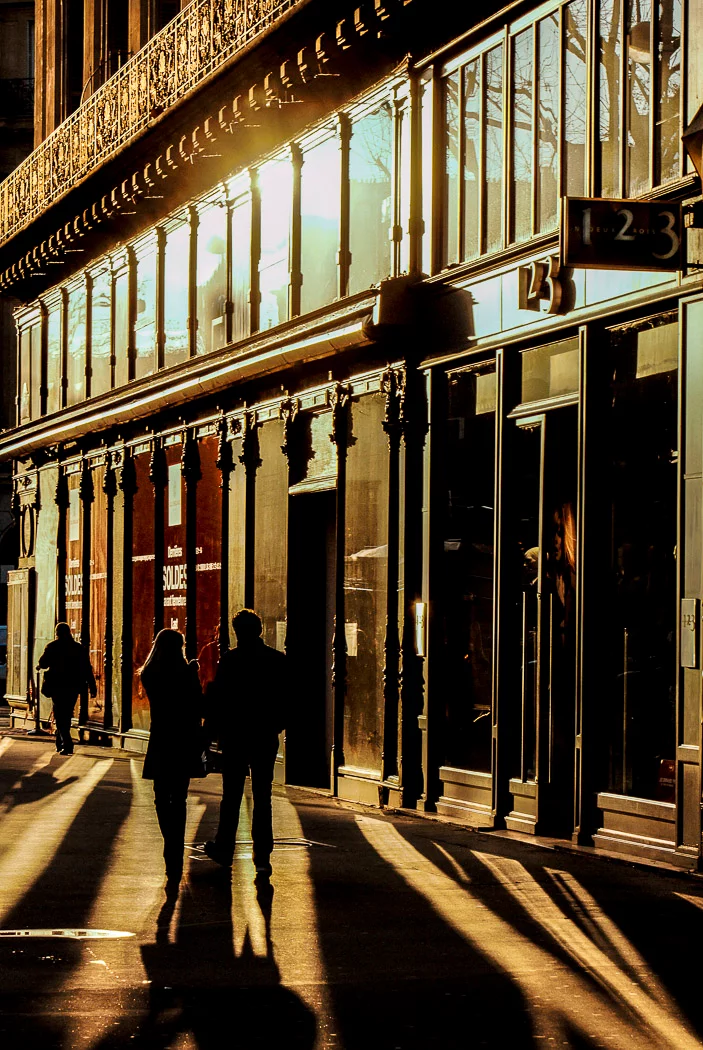

The rue des Capucines, a witness to cinematic history, still remembers the day in December 1895 when the screen came to life for the first time. At 14, boulevard des Capucines, a small cinema was waiting impatiently for its spectators. The posters on the walls proudly announced the "Lumière Cinematograph", attracting the curiosity of passers-by. The organisers, full of enthusiasm, were hoping for a crowd thirsty for novelty. But the press, too busy chronicling eternal political quarrels, was conspicuous by its absence. Only 33 daring people turned out for this historic event, paying one franc, a sum considered a tad excessive for the time. And as silence enveloped the room, the wall was transformed into a window onto a new world. "La Sortie de l'Usine Lumière à Lyon" unfolded before the astonished eyes of the audience, literally nailing them to their seats. Twenty magical minutes, ten short films that forever marked the destiny of cinema. Thus was born the art of light illusions, in the modest confines of the Salle des Capucines. Since then, the street has treasured this memory, a mischievous reminder of the epic of the seventh art.
The Olympia


The Olympia, a temple of musical emotion, has stood proudly since 1893. Witness the fiery swaying and hysterical screaming. Its name, Olympia Bruno Coquatrix, evokes the charisma of the man who was at its helm in the 50s, waking the hall from its torpor. With a capacity of 1,996, this vibrant venue is a haven for music lovers in search of a thrill. Year after year, it lights up to welcome the most prestigious artists. The Beatles, the group that shook the eardrums of an entire continent, have played here. Johnny Hallyday, the legendary Olympia fan, enchanted audiences at over a hundred concerts, spreading his rock'n'roll madness. The Rolling Stones, ambassadors of rock, left their indelible mark. Téléphone, the rebels of French rock, electrified the Olympia stage. And Angèle, that new rising star, poured out her fresh, smooth voice. The Olympia is a meeting place for the stars, a place where legends are written in letters of light.
The Galeries Lafayette


In the heart of Boulevard Haussmann, between the elegant Haussmann façades, stands the temple of Parisian shopping: Galeries Lafayette. It's a place where luxury meets frivolity, where wallets are emptied as quickly as the shelves are filled with temptations. Enter this grandiose building and prepare to be dazzled by a show worthy of the Comédie-Française. Galeries Lafayette is a theatre where the main actors are internationally renowned brands, playing their part with arrogance and glamour. Fashionistas stroll around like fashion critics, observing each collection with detective-like attention. And for food lovers, don't miss the gourmet section, where sweet and savoury delights will have you salivating with envy. Galeries Lafayette is a world apart, where people come to find inspiration and escape. A place where shopping dreams come true, provided you have a wallet as thick as a Victor Hugo novel.
Le Printemps Haussmann




Printemps Haussmann stands proudly in the heart of Boulevard Haussmann, like a giant of fashion and commerce. Founded by the visionary Jules Jaluzot, this temple to shopping was opened in 1865, at a time when the Chaussée d'Antin district was still in full swing. Surrounded by the construction sites of the Opéra and the din of the Gare Saint-Lazare, Jaluzot sensed the potential of this booming district. With the Arc de Triomphe and the Madeleine church nearby, he had the intelligence to set up shop where wealthy middle-class people liked to stroll. Thus was born what Zola described as the "cathedral of commerce", a sacred place where fashionistas prostrate themselves before the latest trends, where beauty enthusiasts worship at the altar of cosmetics, and where bargain hunters wage a veritable holy war to unearth the rare pearl. Le Printemps Haussmann, a veritable sacred edifice of shopping, is ready to welcome you and convert you to the religion of fashion. So leave your worries behind and enter this sanctuary of consumerism, where shopping is a true mass and wallets are the necessary offerings for the adoration of the latest trends.
Church of the Holy Trinity




The Église de la Trinité, a veritable architectural gem from the Second Empire, stands proudly on the Place d'Estiennes d'Orves, like a masterpiece straight out of a time machine. Designed by the architect Théodore Ballu, who clearly had no shortage of imagination, this church is a veritable declaration of love to the French Renaissance. From 1861 to 1867, Ballu poured his heart and soul into bringing this sacred masterpiece to life, as if it had been immersed in a bath of fountains and curving staircases. Imagine yourself standing in front of this imposing façade, ready to enter another world, where angels play harps as they gracefully soar from the balustrades. Forget the worries of everyday life and let yourself be carried away by the magic of the Church of the Trinity, a place where time stands still and architecture becomes poetry.
The Gustave Moreau Museum
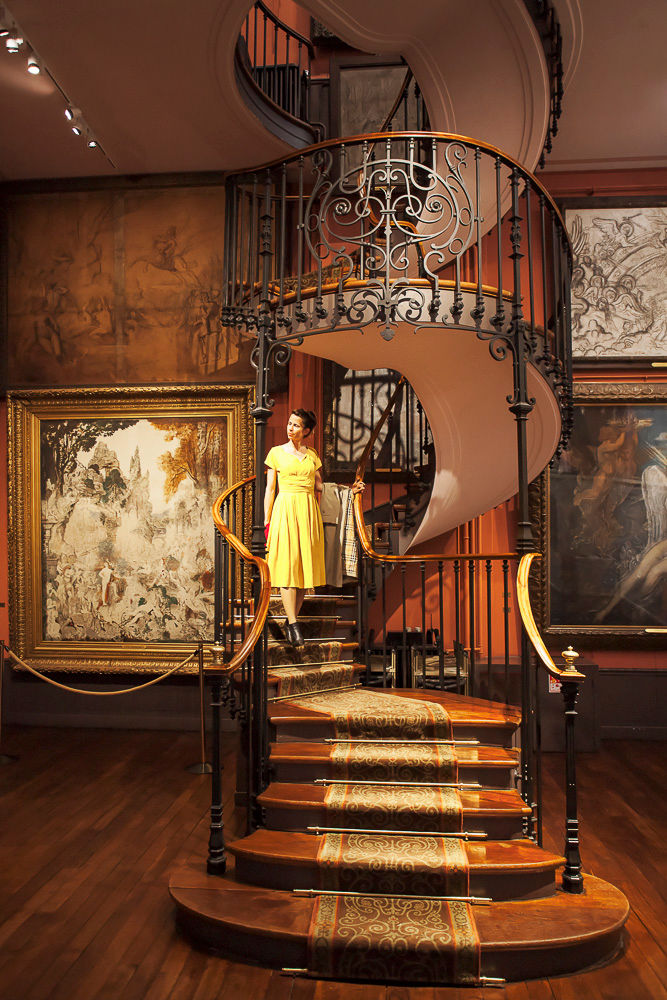

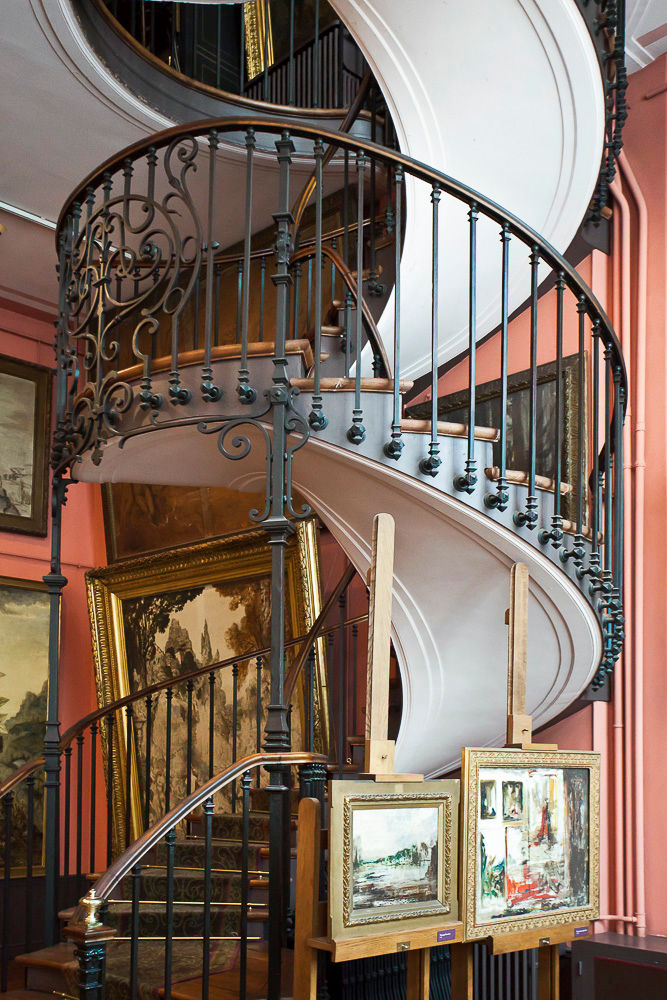

At the heart of the Nouvelle Athènes, the artistic quarter where writers and artists flocked to live, is the private mansion at 34, rue de La Rochefoucauld. It was here that Gustave Moreau's master, François-Édouard Picot, set up his studio, attracting talent from the art world. In this corner of the Butte Montmartre, Gustave Moreau's parents decided to buy a house and studio in their son's name in 1852, at 14, rue de La Rochefoucauld. The Moreau family settled comfortably into a place where creativity seemed to float in the air. The hotel was even extended in 1896, with the addition of a second floor, allowing Gustave to exhibit his greatest paintings in the studios on the second and third floors, while keeping his parents' flat on the first floor. It was here, in this place full of artistic memories, that Gustave Moreau lived and worked until his death. And in an act of artistic generosity, on 10 September 1897, he bequeathed not only the building, but also all the works it contained, from paintings to drawings to cartoons, on condition that this collection be preserved in its entirety, bearing witness to the artist's hard work throughout his life.
The remains of Ragaru House

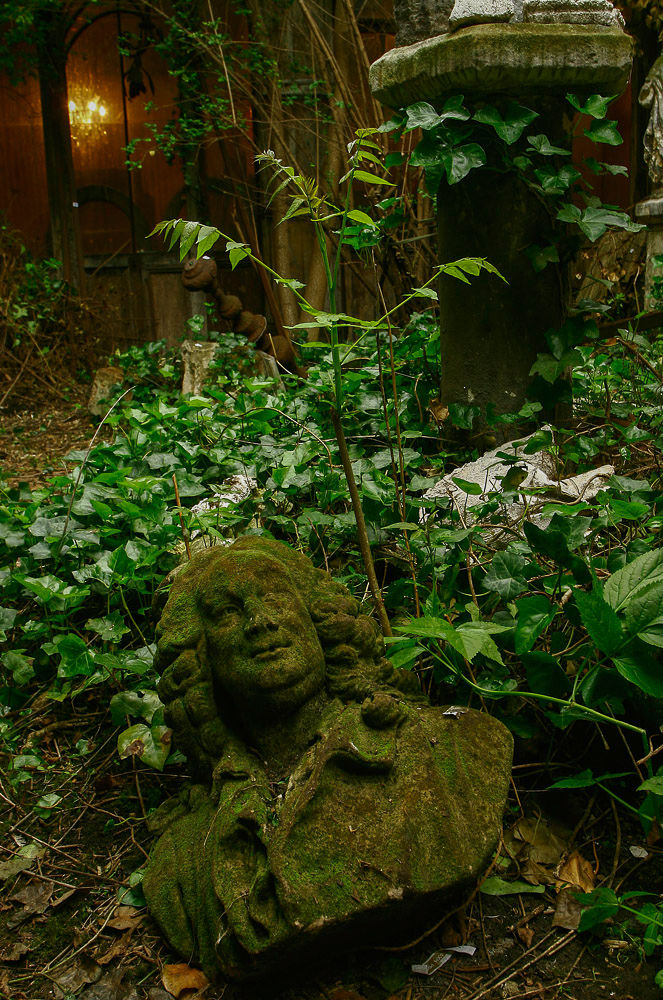
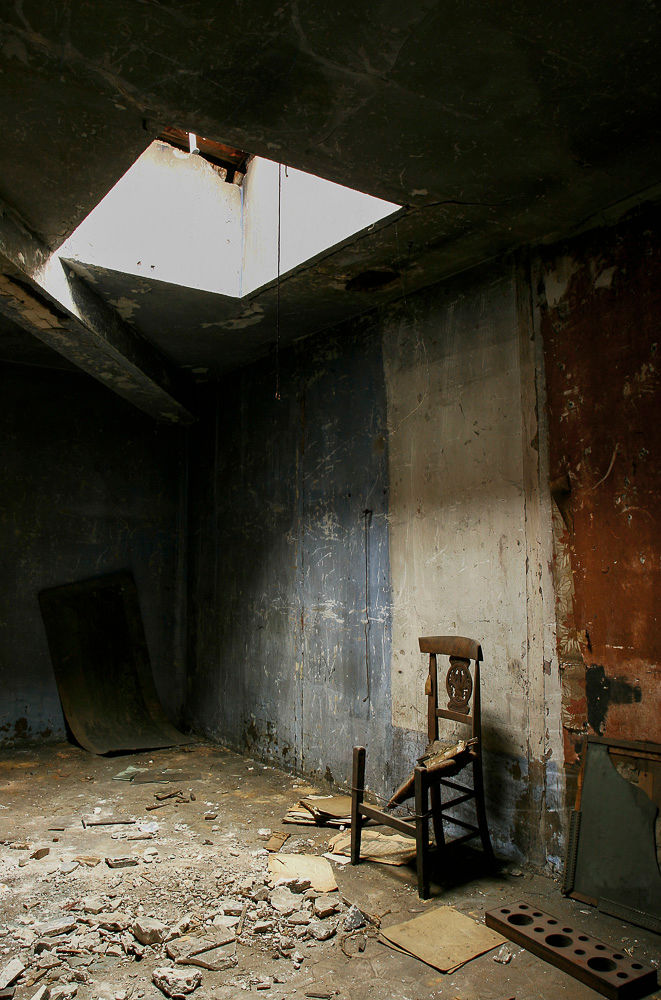

Maison Ragaru Rue Monnier
The remains of the Maison Ragaru, nestling in the heart of Paris's 9th arrondissement, reveal an enigmatic history spanning several centuries. Once a refuge for aristocrats seeking safety during the turbulence of 1790, this residence has undergone many metamorphoses. Its owner, a skilled cabinetmaker, even accepted furniture in payment, giving rise to a dynasty of furniture dealers who succeeded one another over the generations. Then came the Second World War, bringing with it its share of tragedy and shattered destinies. Lost children found precarious shelter within these walls, but horror struck with full force, leaving the owner devastated and the premises abandoned in the meanders of time, frozen as silent witnesses to a tormented past. And so the remains of the Ragaru house remain, carrying within them the echoes of a history both tragic and captivating, patiently waiting for the veil of oblivion to be torn away to reveal all their buried secrets.